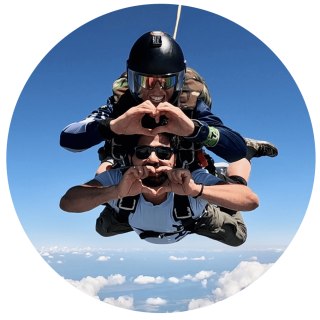Helmets – Who wears them, why tandems don’t & why PFF wears open face
DZ News
Posted by: Parachute Ottawa
2 years ago
The first reaction to skydiving helmets is often to question their effectiveness. After all, there’s not a helmet in existence that can fully protect someone from a 120 mph collision with the ground.
But that’s not actually what skydiving helmets are for. Skydivers have other pieces of technology that protect them from the dangers of landing without a parachute. Helmets are much more important for what happens in the air and, surprisingly, in the airplane.
What Are Skydiving Helmets For?
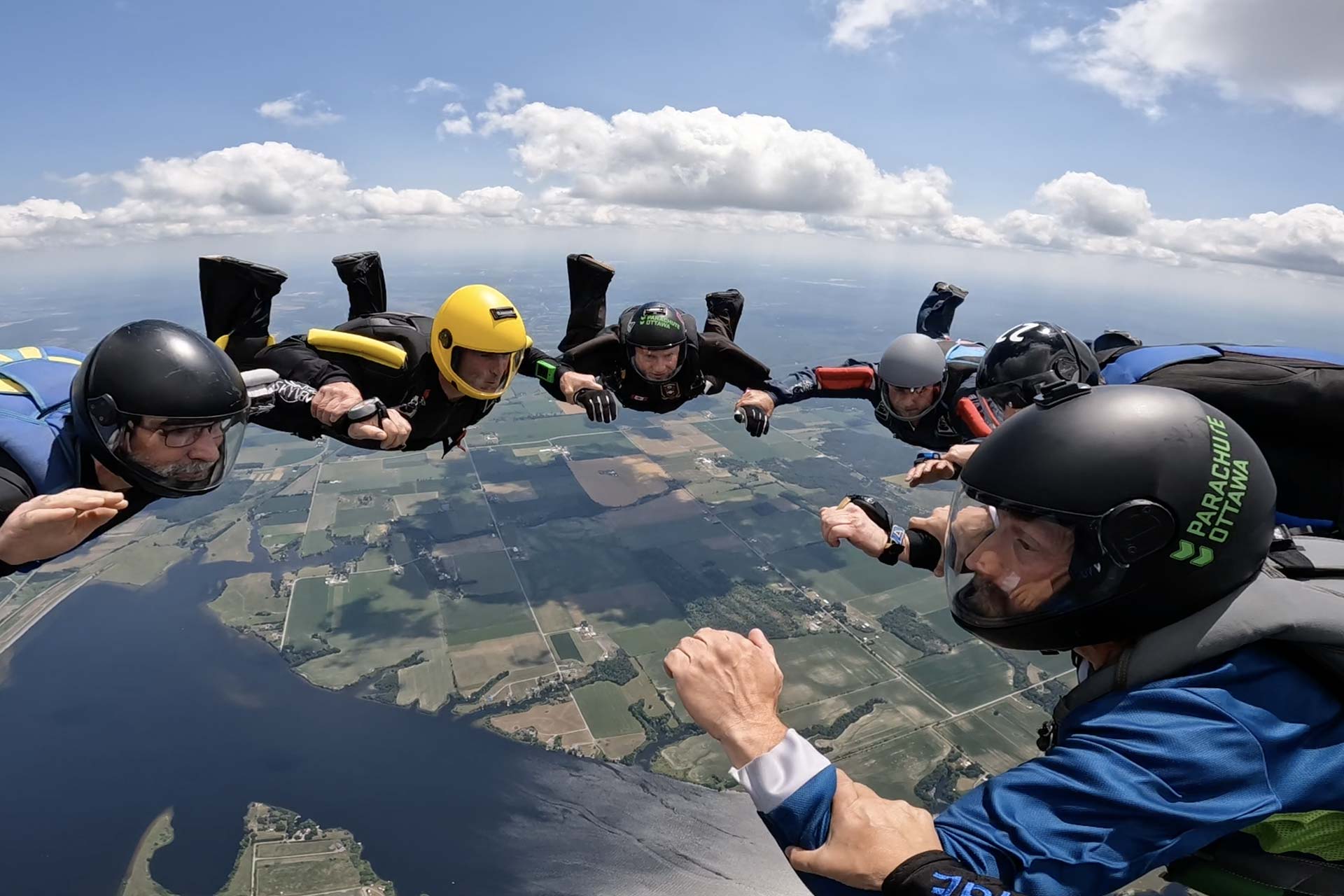
Skydiving injuries are actually less common than most people would think. But that doesn’t mean a little bit of protection isn’t a good idea.
There’s more than just empty sky up there. Flying with other skydivers means the possibility of collisions, and wearing a helmet could be the difference between a good laugh and a concussion. Especially on skydives with high speeds, like freeflying, or wingsuit jumps where everyone is covering a lot of ground.
There are also hard surfaces at the beginning and end of every skydive. It’s easy to bump your head when climbing around the airplane, especially when everyone is focused on getting out of a door meant for a single person.
Landing can also pose a bit of a threat to the noggin, especially for newer skydivers. Learning how to properly land a parachute takes time, and sometimes a trip or a roll is all part of the process. Wearing a helmet will protect your dome so you can keep learning with every jump.
Types of Helmet
Depending on each jumper’s personal preference and flying discipline, helmet choice can vary widely. Skydivers might even have multiple helmets for different kinds of skydives. Some skydivers choose their helmet for looks, others for comfort, and some just need specific features on top of their head.
Open Face Helmets
Open face helmets are exactly what they sound like – they leave your face open to the wind. This style of helmet looks a lot like an old school motorcycle helmet. It has full coverage of the back and sides of the head, including the ears, but it stops around mid forehead.
These helmets are the simplest design and offer the most freedom. Goggles or sunglasses are a must with open face helmets due to the fact that it would be awfully hard to see with 120 mph wind blowing on your eyeballs. But if you’re someone who wants to protect yourself while still being able to feel the elements (or you just like to kick it old school like our DZO!) open face is the way to go.
Full Face Helmets
On the flip side, full face helmets do it all. They have all the coverage of an open face helmet, but include a visor and jaw protection.
These helmets come in various styles, ranging from a simple flip-up visor to modular, where the entire front of the helmet can be opened upward. The visor can even be customized to be clear or tinted, depending on what vibe you’re going for. After all, what’s the point of skydiving if you can’t look cool doing it?
The full face design is great for blocking the high winds of freefall and makes for a quieter ride. It also allows skydivers to wear their own glasses or sunglasses, which is particularly handy for prescription eyewear. Skydivers who are hearing impaired often opt for a full face helmet to accommodate a visual altimeter when an audible altimeter is too loud with a hearing aid.
Videography Helmets
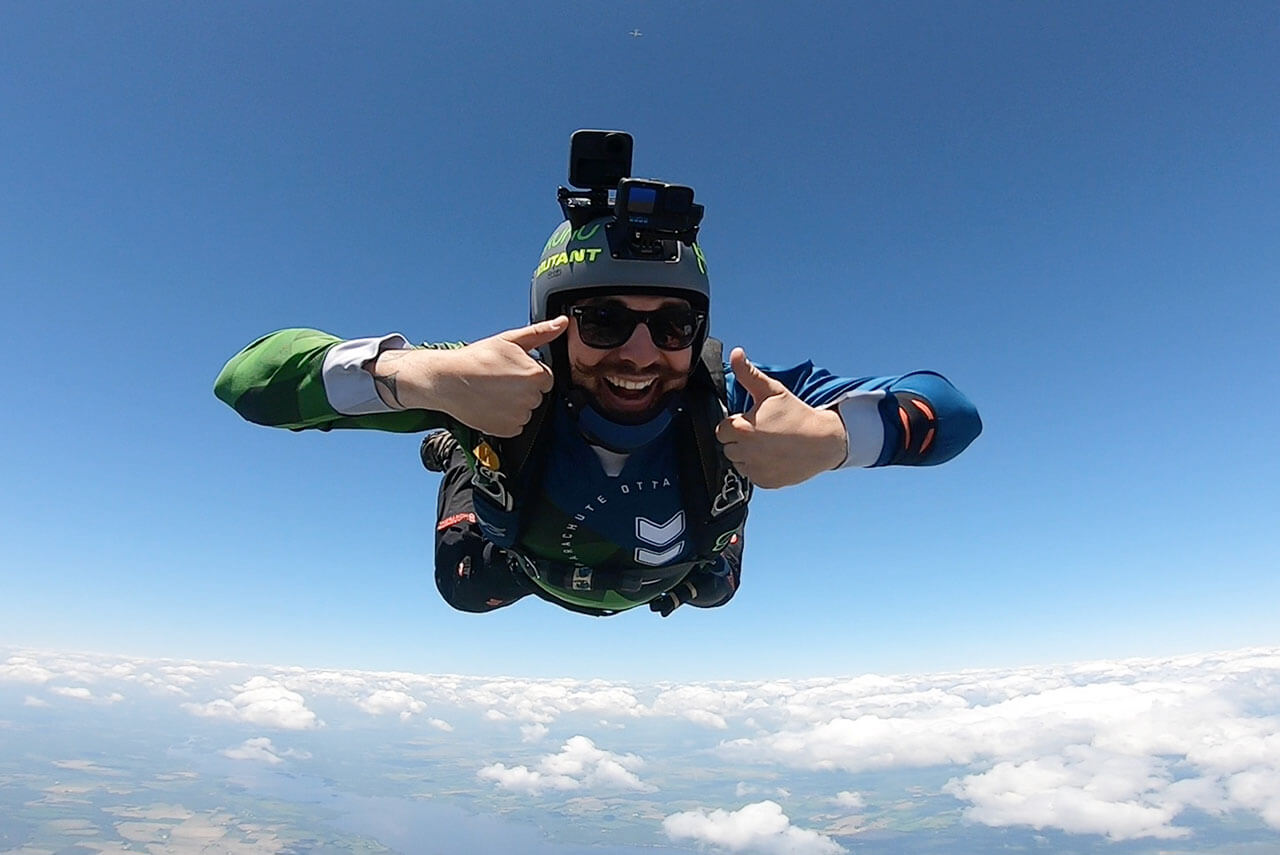
While cameras can be mounted to almost any style helmet, skydivers who are serious about flying video, or do it professionally, usually choose a helmet specifically designed to hold cameras.
These helmets are mostly open face in style and have multiple flat surfaces to allow for easy mounting of different hardware. Some of the newest helmets on the market allow for a cutaway system for the camera in the event it poses a danger to the skydiver. Truly professional level camera flying requires the right equipment, and having a helmet that can hold it all is imperative to getting the perfect shot.
Tandem Students & Helmets
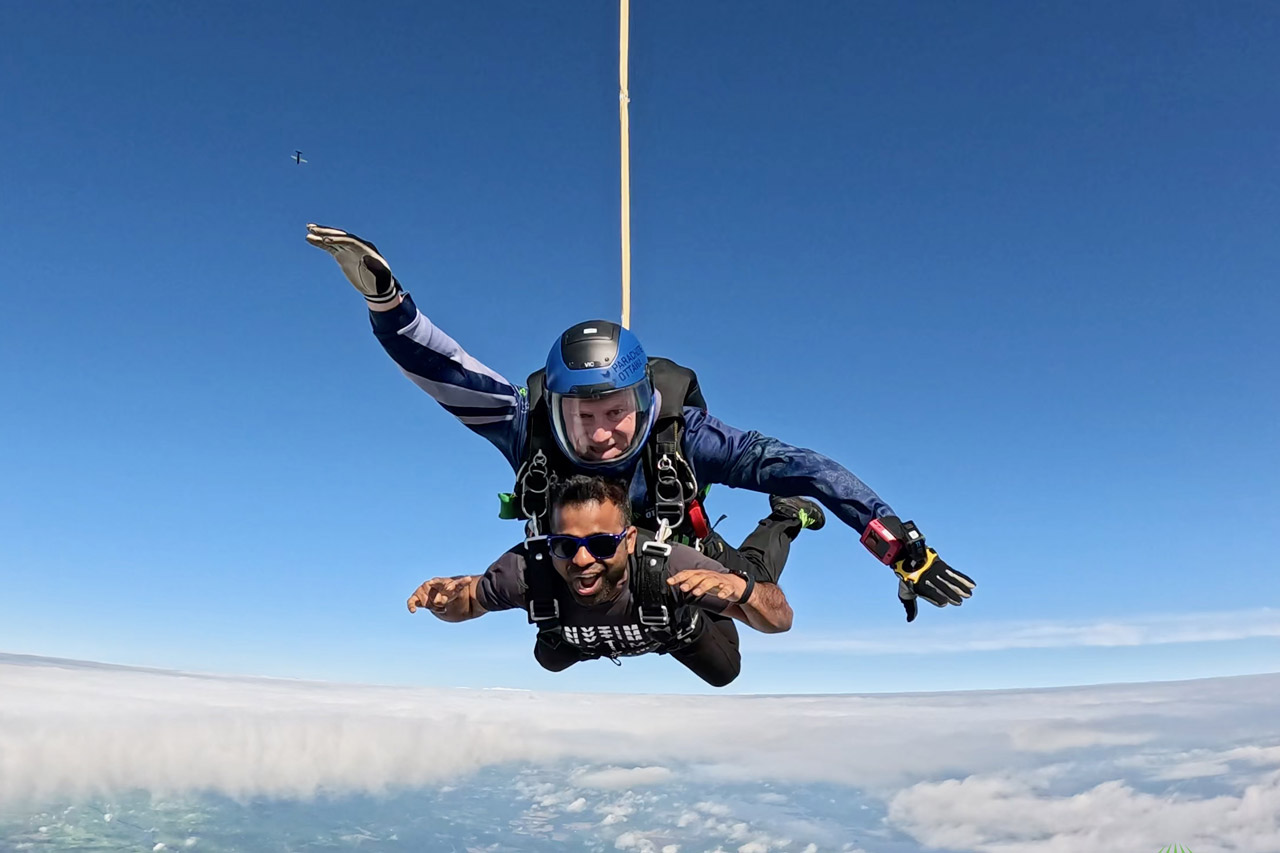
One person who doesn’t wear a helmet while skydiving is the tandem student. That’s right. The person making their very first skydive ever. But there’s actually a good reason for this.
As a tandem student, your head is positioned right in line with your instructor’s jaw. There’s a chance that if you had a helmet on, that hard shell would crack the instructor right in the face. And that’s the last thing anyone wants.
A tandem instructor is solely in charge of getting everyone on the jump to the ground safely. An injured, or worse knocked out, instructor isn’t going to be able to fulfill that very important task. Not wearing a helmet actually makes the jump safer for the tandem student.
It’s worth noting, too, that an instructor’s helmet helps them keep their ears open and eyes on the prize (and their student’s hair out of their face!). Tying your hair back isn’t just best for sick skydiving stills and video, it’s a matter of safety for you and your instructor! The instructor’s helmet also allows them to use an audible altimeter.
PFF Students & Helmets
There is a type of student who ALWAYS wears a helmet. As a PFF student, you’re just starting out in your skydiving journey and have a lot to learn. You need all the protection you can get so that you can focus on learning safely.
PFF students have the most restrictions around what gear they can use, and this extends to helmet choice. Open face helmets are the standard for PFF for a couple reasons.
First of all, wearing an open face allows instructors to easily see their student’s face. This way the instructor can read your facial expressions to judge your mindset during the jump. It also makes it easier to see if you’re regularly checking altitude.
Open face helmets also make it easier for you to hear what’s going on around you. This isn’t all that important in freefall, where everything sounds like white noise. But once the parachute opens, your instructor will tell you where to fly and how to land by way of radio. A full face helmet would make it much more difficult to hear and follow those instructions.
Once you get your skydiving license, you’re free to shop a variety of helmets and choose what would work best for you. After you have your A Certificate of Proficiency, you can even choose a tinted visor. Buying gear is one of the most fun parts of the licensing process! (Besides the actual jumps, of course.)
Want to learn more about all things skydiving? Come jump, learn, and fly with us – book now!
Categories:
You May Be Interested In:
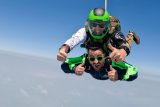
Skydiving Age Limit: How Old Do You Have to Be to Go Skydiving?
3 weeks ago by Thu Thi
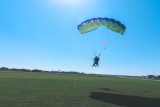
How Do Skydivers Know Where to Land?
2 months ago by Parachute Ottawa
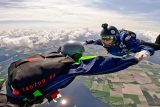
Understanding the Skydiving Student Program Pathway
2 months ago by Parachute Ottawa
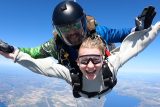
Skydiving Anxiety and How You Can Prepare
4 months ago by Parachute Ottawa
